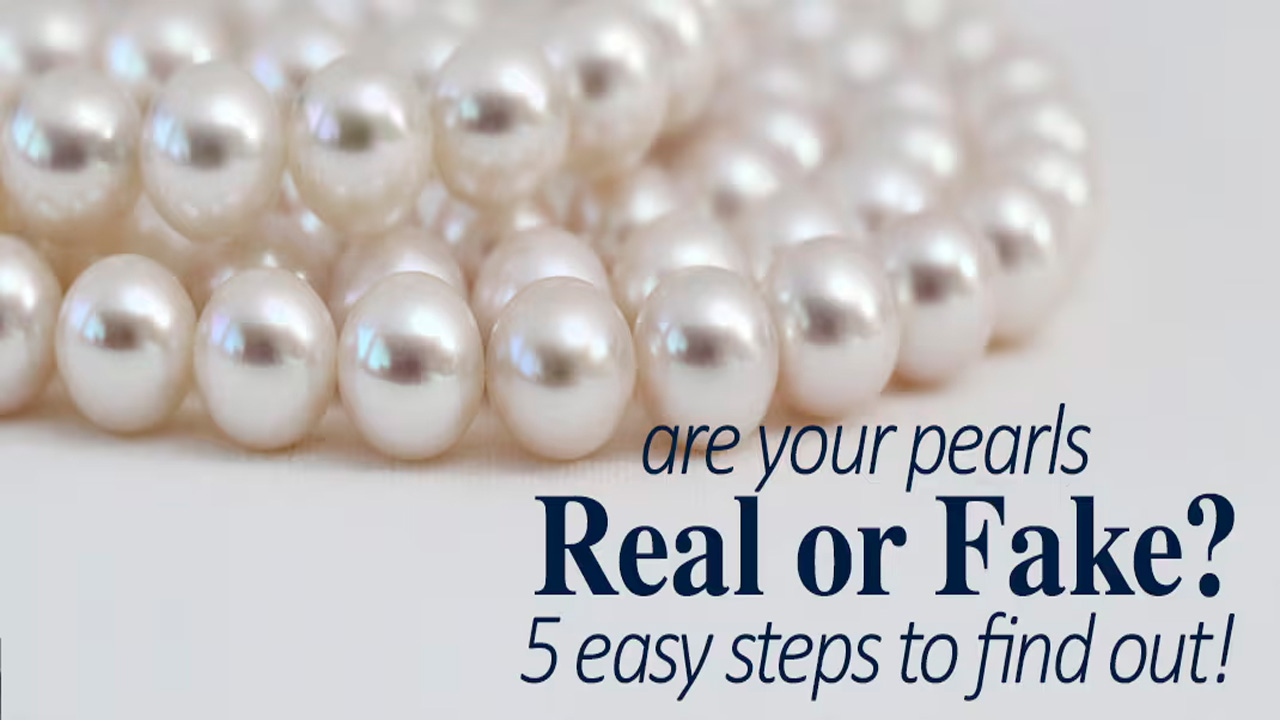How to Identify Real Pearls from Fake Ones, Avoid Getting Tricked
Ohana Magazine – Pearls have long symbolized elegance and timeless beauty. Many people invest heavily in pearl jewelry, such as necklaces and rings, because of their luxurious appeal. However, as technology advances, the jewelry market is now filled with imitation pearls that look strikingly similar to real ones. This situation often misleads buyers, especially those who are not familiar with the key differences between genuine and fake pearls.
The Tooth Test for Authentic Pearls
One of the easiest ways to test a pearl’s authenticity is by rubbing it gently against your teeth. According to Sasmita Asryanti, owner of Crocus Pearl, real pearls feel slightly rough or gritty, similar to a chalk-like texture. This roughness comes from the calcium carbonate that forms naturally in authentic pearls. In contrast, fake pearls feel smooth because manufacturers usually make them from glass or plastic coated with paint. This test is quick, simple, and effective without causing any damage to the jewelry.
Flame Test to Confirm Durability
Another useful method involves exposing the pearl briefly to heat. Though it may sound risky, it helps reveal the truth. “Fake pearls made of plastic will melt easily when heated,” explained Sasmita at Inacraft 2025 in Jakarta. “Real seawater pearls can withstand heat, while freshwater pearls may suffer minor damage if burned too long.” Genuine pearls have natural nacre layers that give them higher resistance to fire. However, it’s best to conduct this test carefully to prevent reducing their quality.
Read This : Britain’s Failed Attempts to Invade Gaza in 1917: A Forgotten Chapter in History
Weight Does Not Guarantee Authenticity
Some people assume that real pearls are heavier than fake ones, but this assumption is outdated. Modern producers can now craft imitation pearls that closely mimic the weight and density of genuine ones. Sasmita advised buyers to focus instead on visual elements such as luster and color depth. Authentic pearls display a soft, multi-layered glow, while fake ones tend to look overly shiny and flat under light.
Color Fading Reveals Fake Pearls
Color stability is another indicator of authenticity. Fake pearls often use artificial dye to imitate the natural glow of real ones. Over time, this color coating fades or peels off, exposing the synthetic material beneath. “Imitation pearls lose their color after extended wear because of their chemical coating,” said Sasmita. Real pearls, on the other hand, retain their natural radiance and even develop a deeper luster as they age.
Texture and Natural Imperfections Matter
Examining texture and surface quality provides another clue. Real pearls have subtle imperfections, such as tiny bumps or irregularities, which make each piece unique. Their luster appears soft and deep, never overly reflective. Fake pearls, in contrast, look too perfect—smooth, identical, and unnaturally glossy—revealing their factory-made origin.
Smart Tips for Buyers
Spotting genuine pearls requires careful observation and awareness. New buyers should not rely solely on appearance or price. It is better to examine their texture, luster, and reflectivity before making a purchase. Consulting a trusted jeweler or requesting an authenticity certificate can also prevent costly mistakes. By applying these tips, buyers can confidently distinguish real pearls from counterfeits and make wiser investments in fine jewelry.













